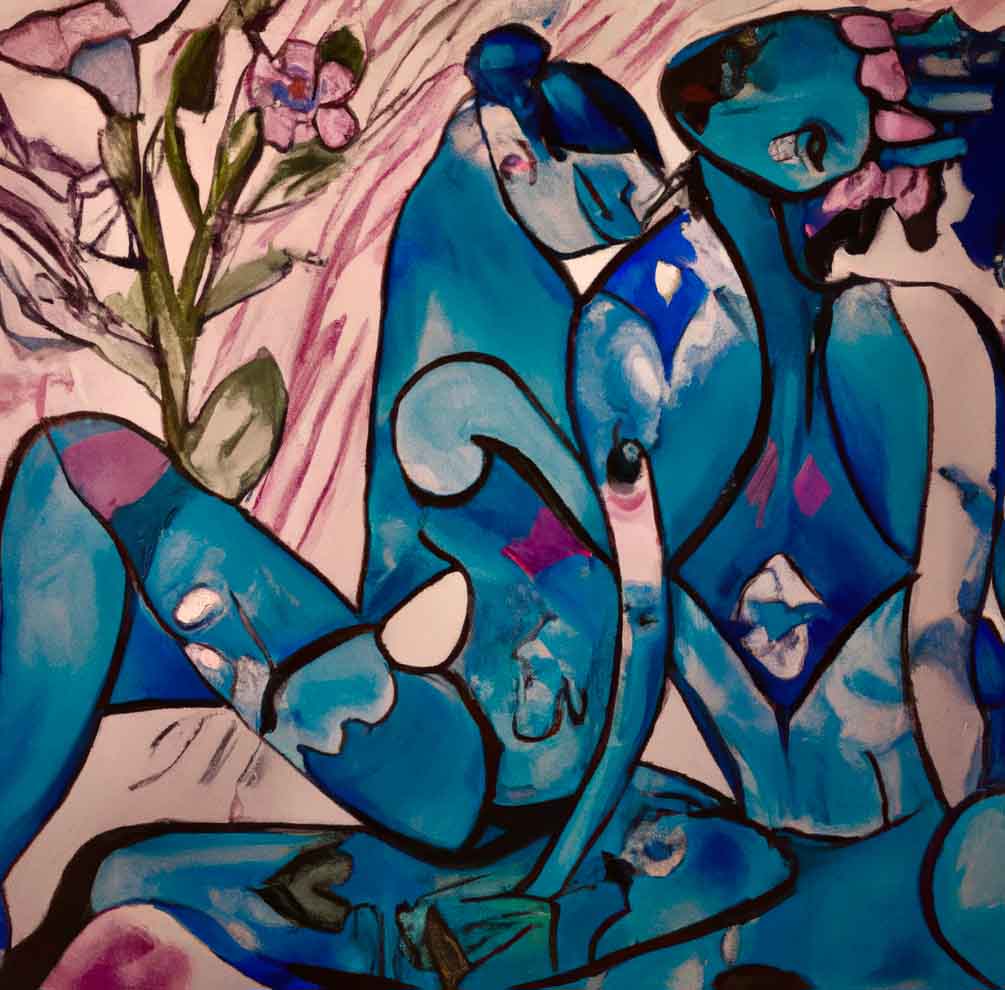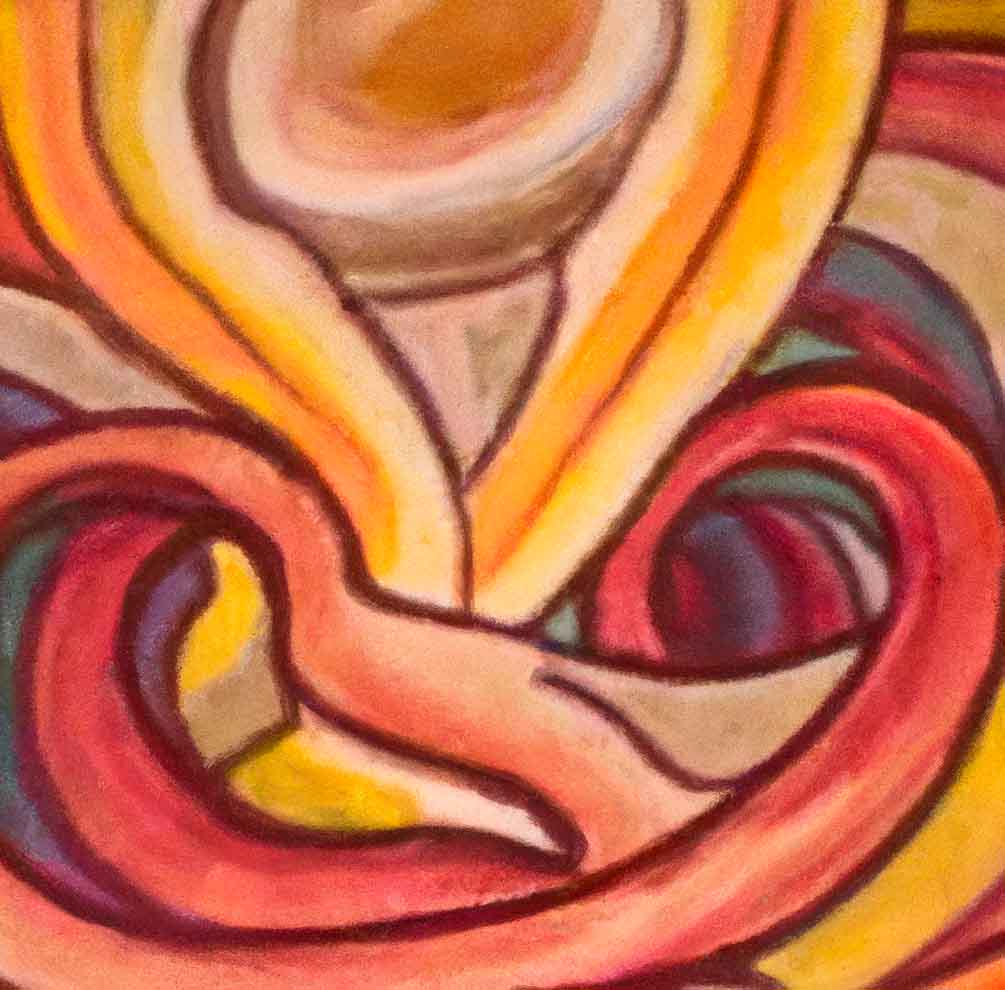Tantra Yoga and Modern Yoga
The yogic-tantric tradition is a complex system of philosophy and spiritual practice originating in India, which has had an important influence on the culture and religion of that country. This tradition dates back thousands of years and has developed over the centuries to take the form we know today.
The yogic-tantric tradition includes many practices, including meditation, asana (body positions), pranayama (breath control), mantra (sacred sounds), visualization, and rituals. However, what sets the yogic-tantric tradition apart from other yogic traditions is its emphasis on the use of sexual energy as a means to achieve spiritual enlightenment.
In the yogic-tantric tradition, sexual energy is considered one of the most powerful forms of energy, and is used to awaken the kundalini energy, a dormant form of spiritual energy located at the base of the spine. When the kundalini energy is awakened, it is believed to lead to the realization of unity with the divine.
In the West, yoga is often seen as a form of physical exercise that helps improve body health and flexibility, and as a way to reduce stress and increase self-awareness. However, this view of yoga is very different from the original yogic-tantric practice, which was primarily aimed at achieving spiritual liberation.

In the West, the view of yoga as a form of physical exercise has led to the birth of many modern forms of yoga, such as vinyasa yoga, bikram yoga, and ashtanga yoga. However, these forms of yoga mainly focus on body positions and breathing, and do not necessarily include the spiritual and ritual practices of the yogic-tantric tradition.
In any case, whether choosing to practice the yogic-tantric tradition or a modern form of yoga, it is important to remember that yoga is a personal practice that requires time, dedication, and patience to achieve desired results. It is also always advisable to find an experienced and qualified teacher who can guide the practitioner along the spiritual path.

